24 Hylotelephium Succulents That Will Make Your Neighbors Jealous
Brace yourselves, succulent lovers! We’re about to unveil a jaw-dropping collection of 24 Hylotelephium succulents that will leave your neighbors green with envy. These stunning plants are the ultimate showstoppers, boasting an array of captivating colors, textures, and shapes that will elevate your garden to new heights of beauty.
Imagine your backyard transformed into a succulent paradise, adorned with these mesmerizing beauties that demand attention and admiration. From vibrant blooms to fascinating foliage, each Hylotelephium variety offers a unique charm that will make your outdoor space the envy of the neighborhood.
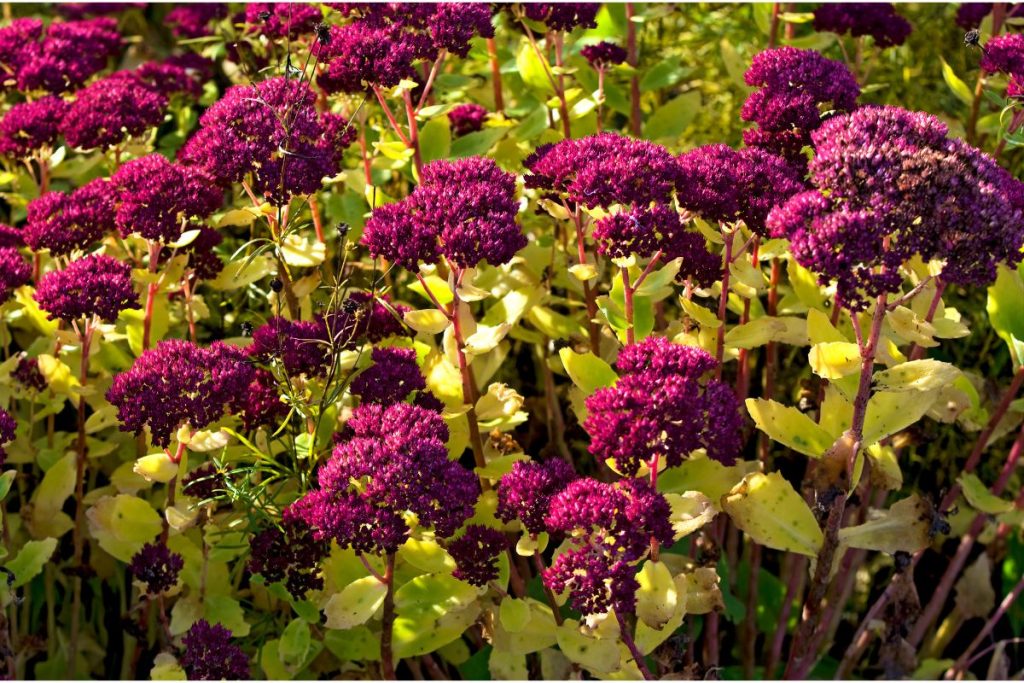
Contents
- 1 Types of Hylotelephium Succulents
- 1.1 Hylotelephium anacampseros
- 1.2 Hylotelephium caucasicum
- 1.3 Hylotelephium cauticola
- 1.4 Hylotelephium cyaneum
- 1.5 Hylotelephium erythrostictum
- 1.6 Hylotelephium ewersii
- 1.7 Hylotelephium maximum
- 1.8 Hylotelephium maximum ssp. ruprechtii
- 1.9 Hylotelephium mingjinianum
- 1.10 Hylotelephium pallescens
- 1.11 Hylotelephium pluricaule
- 1.12 Hylotelephium populifolium
- 1.13 Hylotelephium sieboldii
- 1.14 Hylotelephium spectabile
- 1.15 Hylotelephium subcapitatum
- 1.16 Hylotelephium telephioides
- 1.17 Hylotelephium telephium
- 1.18 Hylotelephium telephium ssp. fabaria
- 1.19 Hylotelephium telephium ssp. purpureum
- 1.20 Hylotelephium tianschanicum
- 1.21 Hylotelephium triphyllum
- 1.22 Hylotelephium ussuriense
- 1.23 Hylotelephium verticillatum
- 1.24 Hylotelephium viviparum
- 2 Caring for Your Hylotelephium Succulents
- 3 Propagating Hylotelephium Succulents
- 4 FAQs
Types of Hylotelephium Succulents
Hylotelephium anacampseros
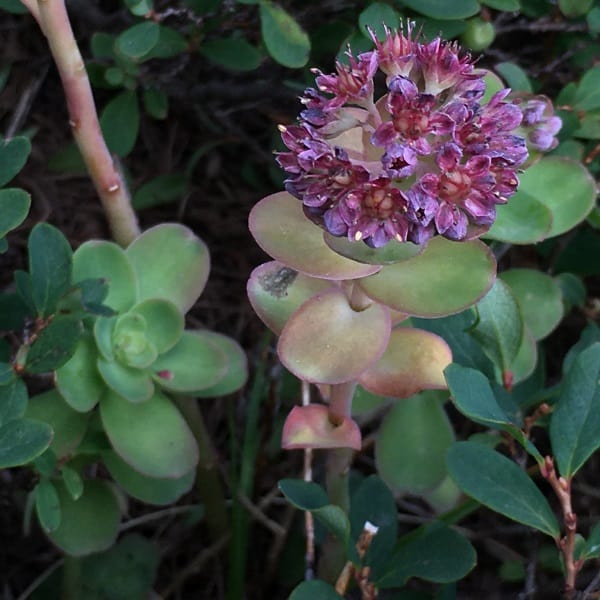
This charming succulent steals the show with its vibrant star-shaped blooms in shades of pink and red, clustered atop grayish-green stems reaching up to 6 inches tall.
Hylotelephium caucasicum
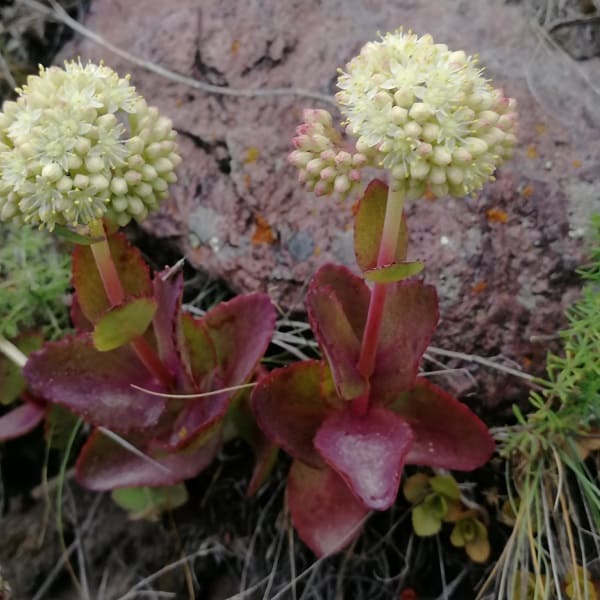
Elegance personified! Boasting stunning blue-green foliage and cheerful yellow flowers, this 20-inch tall beauty adds a touch of class to any garden.
Hylotelephium cauticola
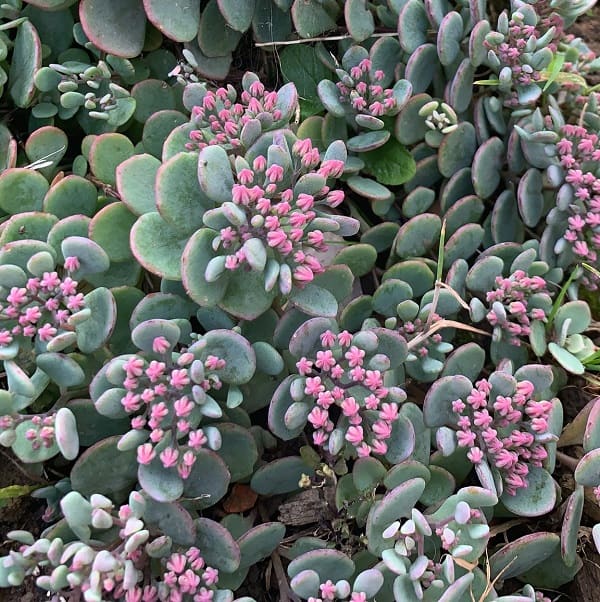
for rock gardens or containers, this compact wonder forms a mound of trailing stems adorned with gray-green leaves edged in pink and vivid purplish-pink blooms.
Hylotelephium cyaneum
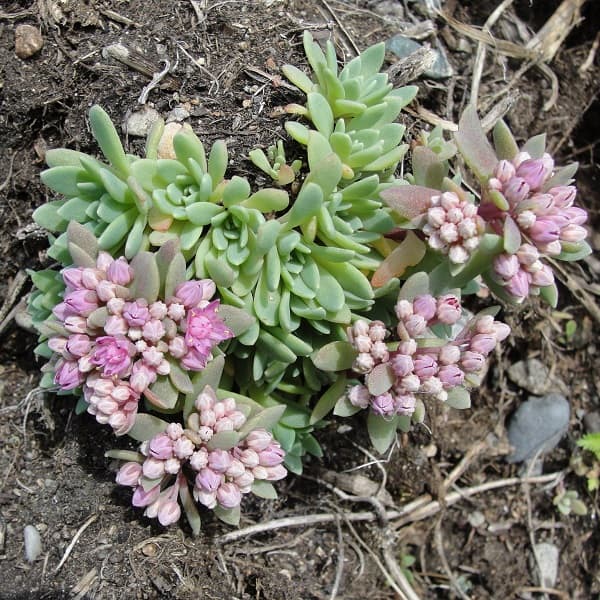
A petite mat-forming gem with thick, gray-green rosette leaves under 2 inches long and striking reddish-purple flowers with black anthers.
Hylotelephium erythrostictum
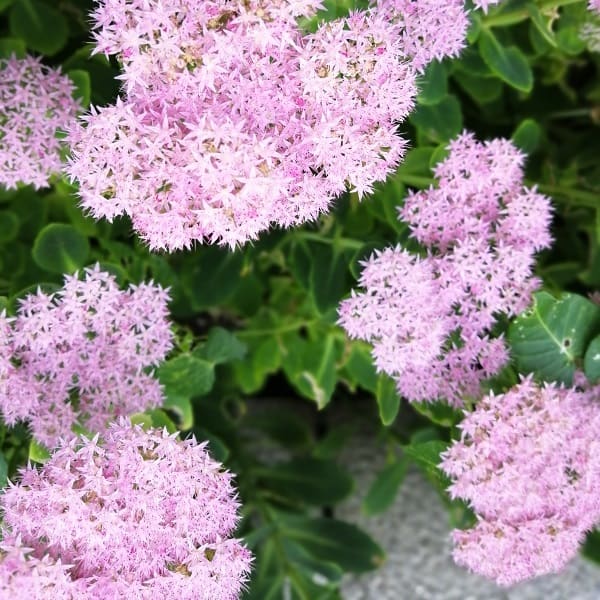
Towering up to 3 feet, this succulent commands attention with pale green stems, serrated elliptic leaves up to 4 inches long, and delicate white or pale pink blossoms.
Hylotelephium ewersii
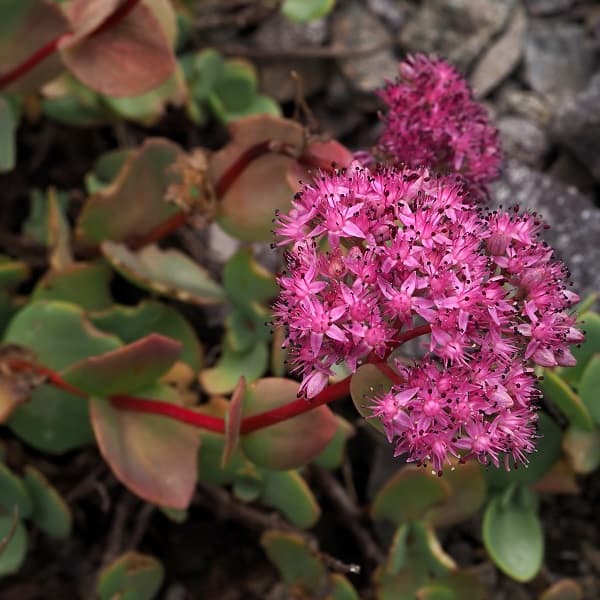
Low-growing and wiry, this 4-inch tall charmer sports decumbent stems lined with rounded, green-gray leaves under an inch wide and dainty pink or purplish blooms.
Hylotelephium maximum
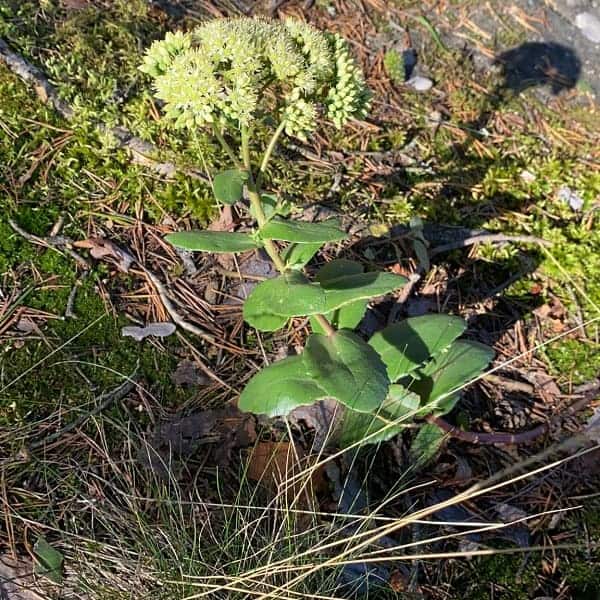
A real showstopper reaching 2.5 feet tall, with stems cloaked in large, drab green to maroon egg-shaped leaves up to 4 inches long and creamy white flower clusters.
Hylotelephium maximum ssp. ruprechtii
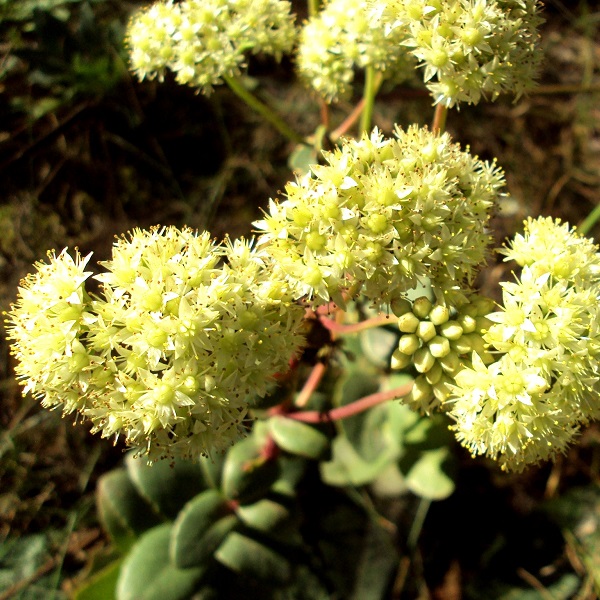
Hylotelephium mingjinianum
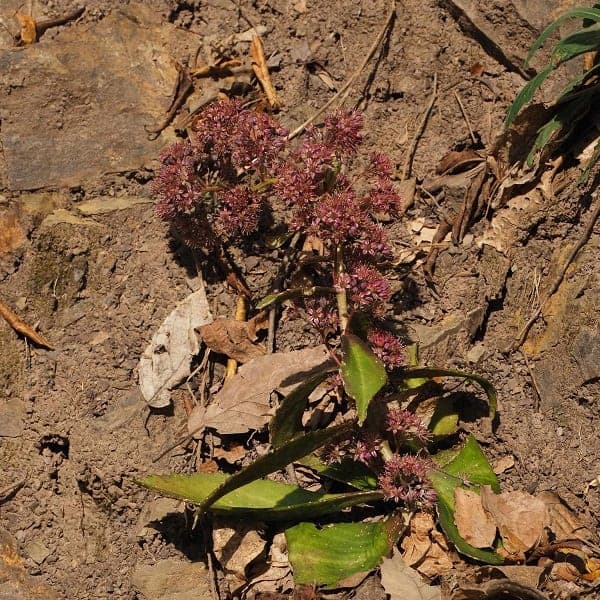
Hylotelephium pallescens
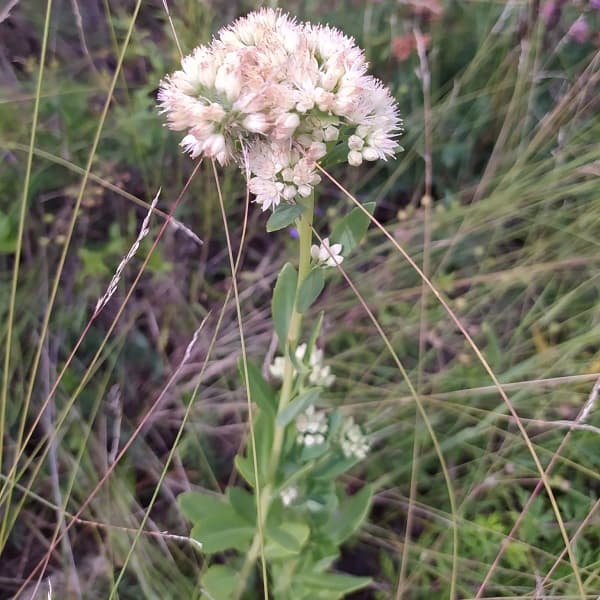
Soaring up to 3 feet, this striking variety flaunts thick green stems, pale oblong leaves up to 4 inches long, and showy red-purple, pink or white blossoms.
Hylotelephium pluricaule
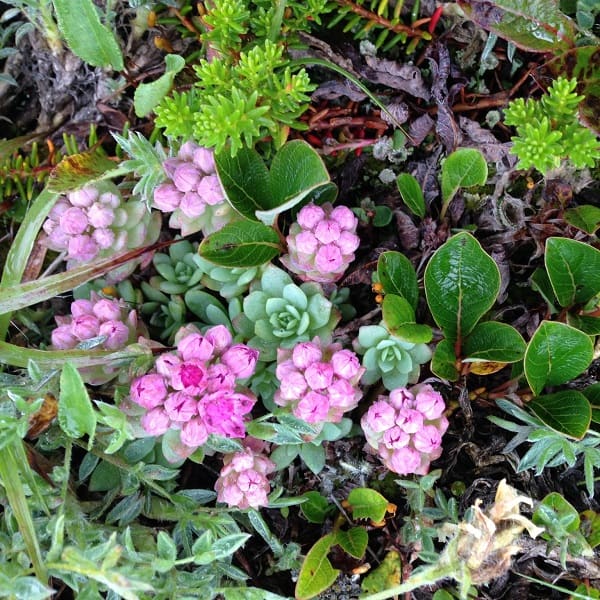
A petite mound of blue-green stems under 4 inches tall, blushing with pink and bearing darling star-shaped pink flowers with reddish anthers.
Hylotelephium populifolium
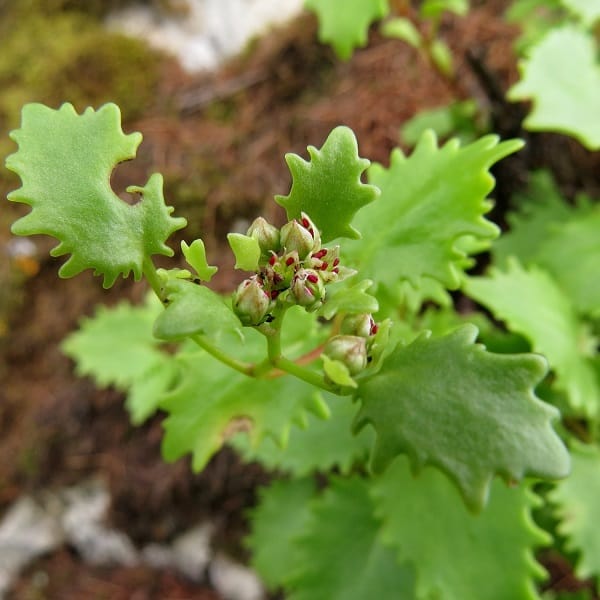
Unusual and showy, this 6-18 inch shrubby stonecrop boasts cinnamon stems, wavy green heart-shaped leaves, and fragrant white flower clusters.
Hylotelephium sieboldii
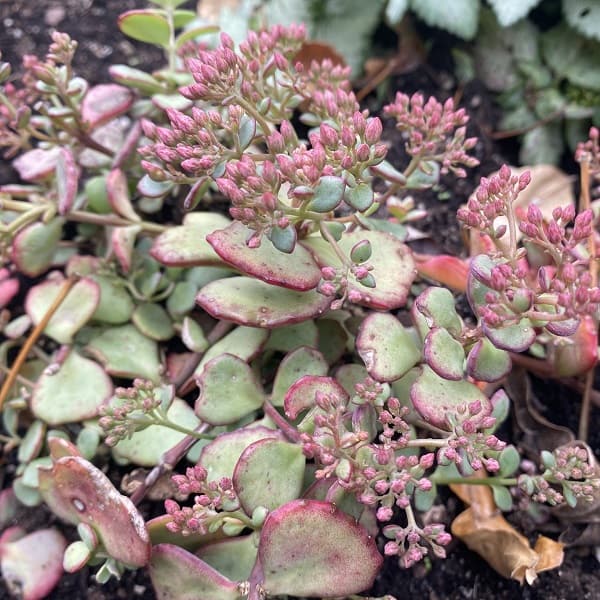
Trailing blue-green stems up to 12 inches long send up cheerful pink blooms in fall on this charming low-grower from Japan.
Hylotelephium spectabile
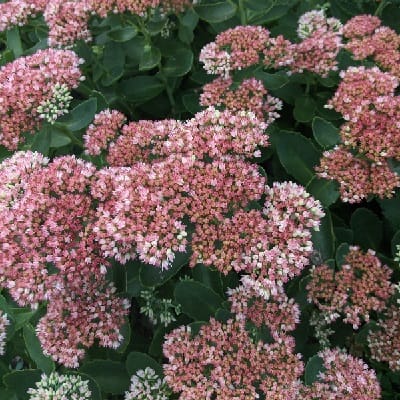
An eye-catching clump to nearly 2.5 feet tall covered in thick, blue-green leaves up to 5 inches long and flat heads of vivid pink flowers.
Hylotelephium subcapitatum
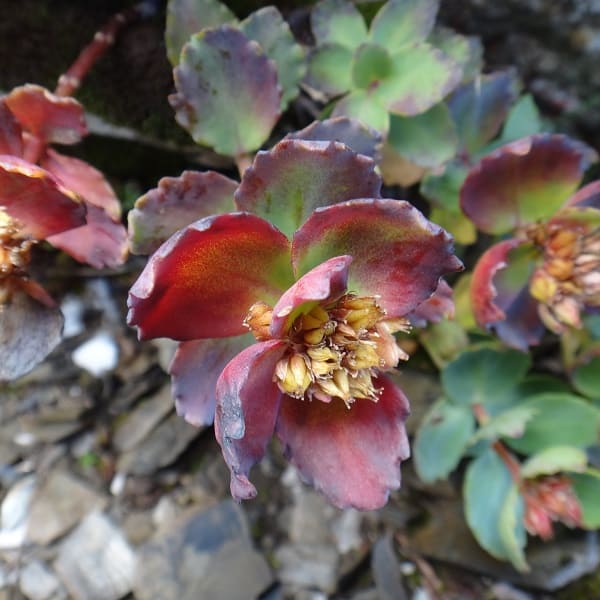
Slender purplish stems under 6 inches high host plump gray-green leaves with maroon undersides and dainty white flowers with red anthers.
Hylotelephium telephioides
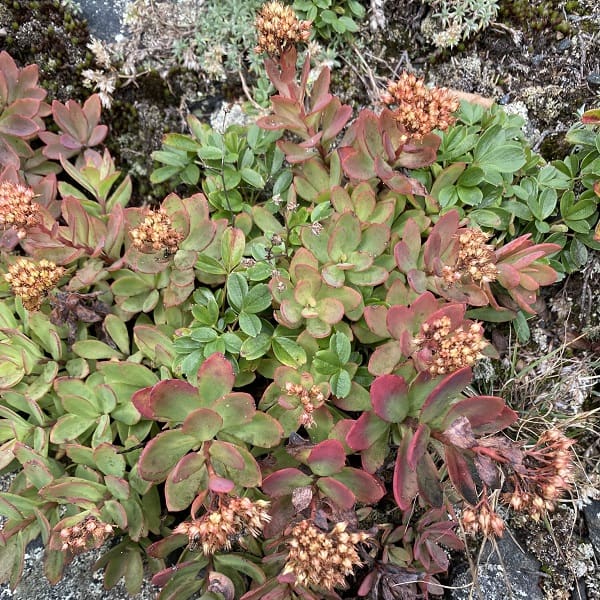
A towering beauty reaching over 3 feet, with huge elliptic green leaves up to 4 inches long edged in teeth and large white or pinkish star-shaped blooms.
Hylotelephium telephium
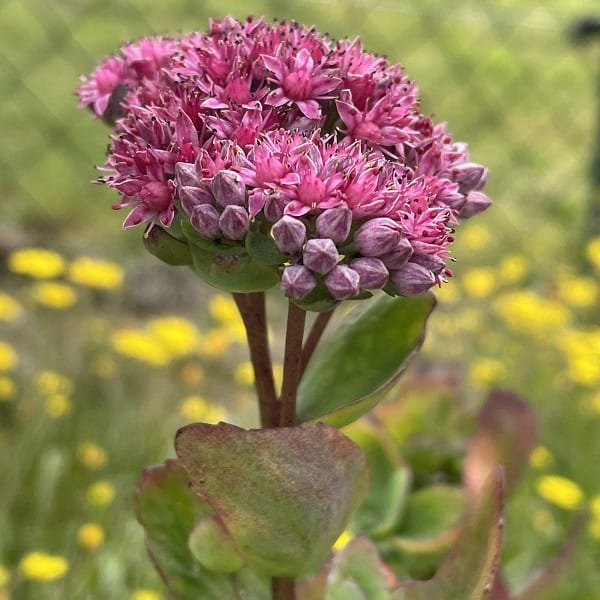
Forming an upright 2-foot clump of pale green stems cloaked in fleshy gray-green leaves and dense heads of small, dark pink flowers.
Hylotelephium telephium ssp. fabaria
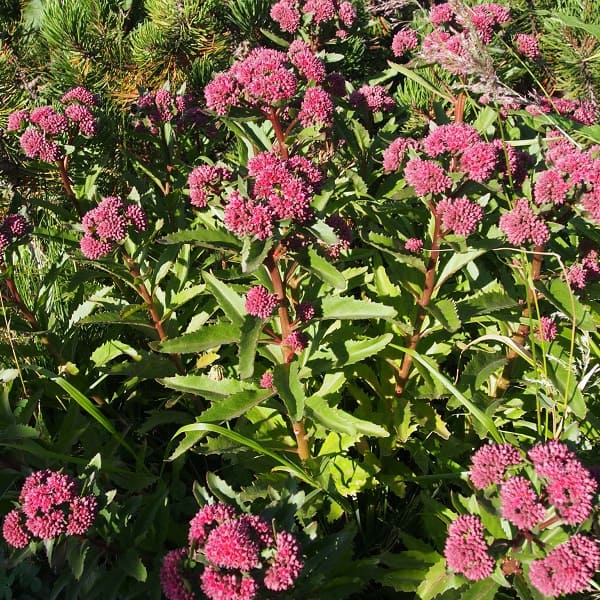
Hylotelephium telephium ssp. purpureum
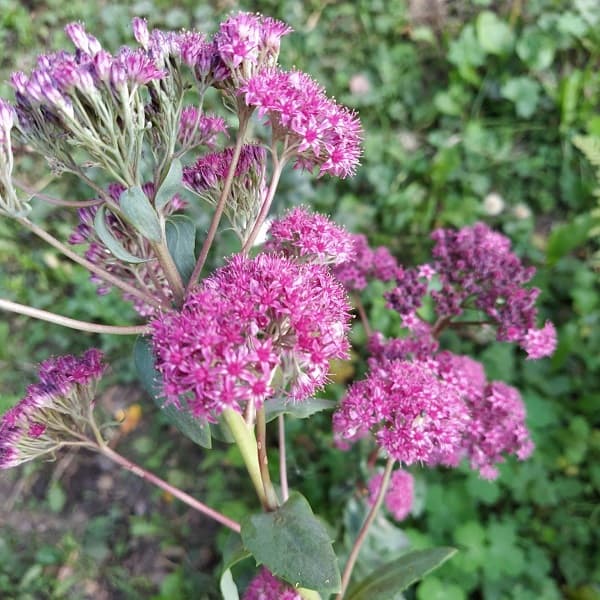
Hylotelephium tianschanicum
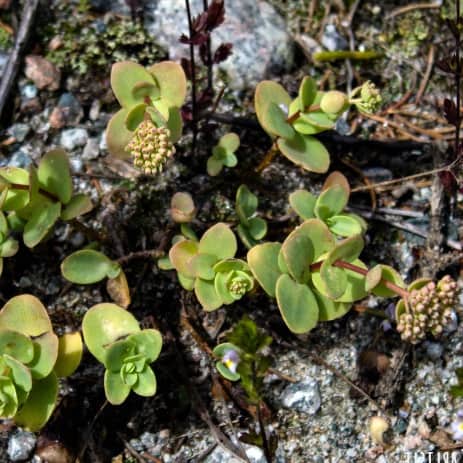
Hylotelephium triphyllum
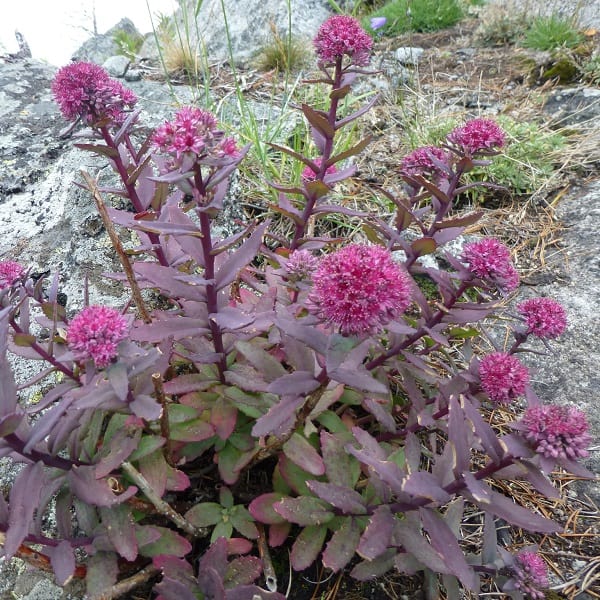
A big, bold plant sending up stems to 3 feet tall from tuberous roots, with coarsely toothed green leaves and dense purple-red flower clusters.
Hylotelephium ussuriense
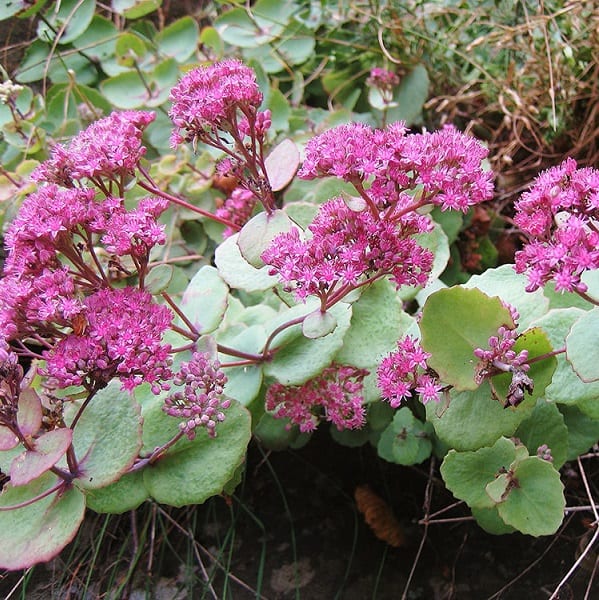
Varying in size up to 2 feet, this Asian native features ascending stems lined with plump, pale green ovate leaves to 2 inches wide and dainty magenta blooms.
Hylotelephium verticillatum
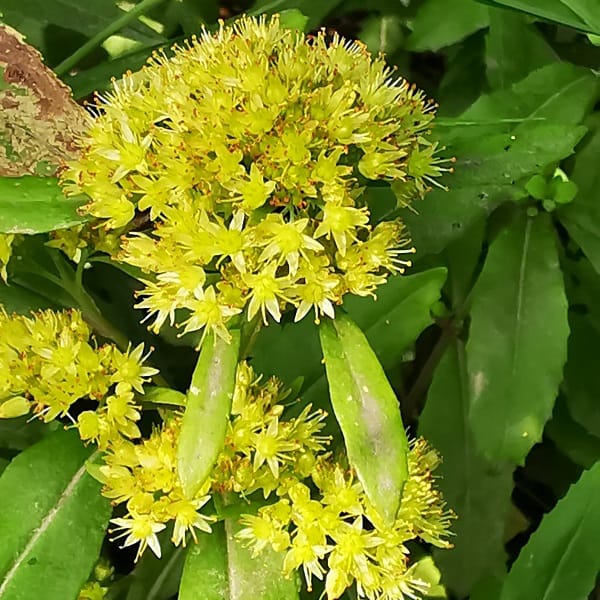
An imposing plant reaching over 6 feet, with erect, glaucous stems ringed by whorls of elliptic, toothed blue leaves up to 3 inches long and greenish-white flowers.
Hylotelephium viviparum
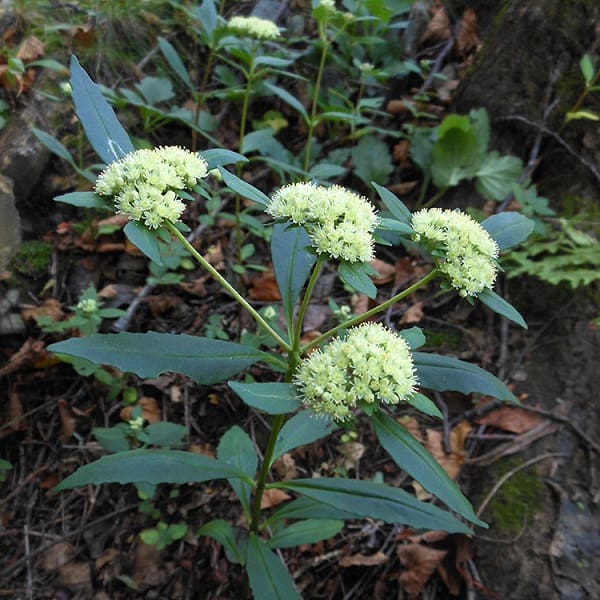
Related Post:
1,000 Types of Succulents with Pictures
Caring for Your Hylotelephium Succulents

Light Needs
These sun-worshipping succulents thrive in full, direct sunlight for at least 6 hours per day. Indoors, position them in a bright, sunny window facing south or east. If natural light is lacking, use grow lights to supplement and ensure your Hylotelephium gets enough rays to achieve its full vibrant potential.
Watering Routine
Like most succulents, Hylotelephium prefer infrequent but deep watering. Allow the soil to fully dry out between waterings, then soak the potting mix thoroughly. Take care not to overwater, as this can lead to root rot. The fleshy leaves store moisture to survive dry spells. Cut back on water in winter when growth is minimal.
Well-Draining Soil
Hylotelephium need a well-draining potting mix to prevent issues like root rot or fungal diseases. A cactus/succulent soil blend amended with additives like perlite, pumice or coarse sand works perfectly. In the ground, amend heavy garden soil with compost or small gravel to improve drainage.
Fertilizing Needs
Hylotelephium are not heavy feeders. An annual top dressing of compost or balanced liquid fertilizer in spring is plenty. Avoid high nitrogen sources which can result in excessive leafy growth at the expense of flowers.
Temperature & Humidity
Most Hylotelephium varieties are quite heat tolerant, thriving in warm summer temperatures. However, intense afternoon sun when over 90°F may scorch the leaves, so provide afternoon shade. They can tolerate average humidity levels but prefer drier conditions overall. Protect from frost and freeze in winter.
Pruning & Grooming
Tidy up leggy or messy growth by pruning back Hylotelephium in early spring or after flowering. This rejuvenates the plants and encourages more compact, tidy growth. Remove spent flower stalks once blooms have faded. In winter, leave dried foliage in place until new spring growth emerges.
Propagating Hylotelephium Succulents
Multiplying your Hylotelephium collection is a breeze thanks to their willingness to propagate from seeds, stem cuttings, or division. Expand your succulent garden or share extras with friends using one of these easy methods:
From Seed
- Fill a seed tray with well-draining seed starting mix.
- Sprinkle seeds lightly on the surface and cover with a thin layer of soil.
- Lightly water and cover the tray with plastic wrap or a dome lid to maintain moisture.
- Place in a warm, bright location and remove cover once seeds sprout.
- When seedlings have their first set of true leaves, transplant into individual pots.
Stem Cuttings
- Use a clean, sharp knife or pruners to take 2-4 inch stem tip cuttings in spring or early summer.
- Allow cuttings to callus over for 2-3 days before planting.
- Fill a well-draining pot with cactus/succulent soil mix.
- Stick the calloused end of each cutting 1 inch deep into the soil mix.
- Water sparingly until new roots form and new growth appears.
Division
- Carefully unpot a larger, established Hylotelephium plant.
- Gently pull or cut apart the rootball into several sections, making sure each division has both roots and stems.
- Trim away any dead or damaged roots and stems.
- Repot each division into its own container with fresh succulent soil.
- Water thoroughly and provide bright light to help re-establish.
With just a little care, these versatile succulents propagate readily to increase your garden’s beauty. Whether growing from seed, cuttings, or divisions, you’ll soon have more stunning Hylotelephium to enjoy!
FAQs
Is Hylotelephium the same as Sedum?
Not quite! While Hylotelephium plants were previously classified as Sedum, these fleshy-leaved beauties earned their own genus after botanists realized they were distinctly different from their dainty sedum cousins. However, you may still find them mislabeled at nurseries until the name change fully takes root.
Where does Hylotelephium grow?
Hylotelephium aren’t fussy about their home base. Hailing from diverse regions like Asia, Europe, and North America, they’ll thrive in your garden as long as you provide well-draining soil and ample sunshine. From rock gardens to containers, these adaptive plants add textural interest anywhere you desire.
When is bloom time for Hylotelephium?
Get ready for a fall floral extravaganza! As summer’s heat subsides, Hylotelephium burst into a riot of color from September through late October. Their dense clusters of star-shaped blooms in shades of pink, red, white and more provide a feast for late-season pollinators too.
